Building Appalachia’s infrastructure has been an ARC investment priority for 58 years, especially the development and maintenance of basic infrastructure systems for water, sewer, energy, highways, and more. ARC’s Area Development Program invested $66.8 million in water and sewer projects alone in Fiscal Year 2022. When thinking about economic growth, however, it can be difficult to connect these investments — such as storm drains and wastewater treatment — to new businesses, creative placemaking, and increased job opportunities in communities.
Hartwell, Georgia Downtown
Located in northeast Georgia, along the border of South Carolina, Hartwell is home to just under 4,500 people. It serves as the seat of Hart County, which has “transitional” economic status, and is home to Lake Hartwell, a popular fishing and boating destination attracting over 10 million visitors per year. In 2018, Hartwell leaders wanted to bring that level of energy and investment to downtown.
The aging infrastructure, as well as its outdated streetscape, limited Hartwell’s ability to attract businesses and downtown visitors. City Manager Jon Herschell decided to apply for an ARC project that would address the fundamental needs of the downtown area and re-energize their placemaking efforts.
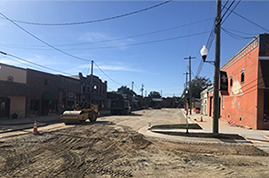
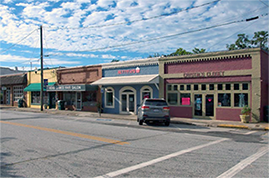
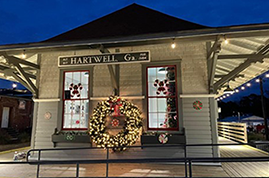
The Project
With a $304,650 ARC grant, the City undertook a year-and-a-half project to improve their sewer and stormwater system and make downtown streetscape updates. The project first reorganized 100-year-old storm water pipes (many of which had no clear direction or depth) and 80-year-old sewer lines (many of which were deteriorated enough to cause stoppages or back-ups) to increase the longevity and reliability of service to 22 storefronts. Meanwhile, the streetscape improvements aligned with what community members envisioned for their home —new trees with better foliage cover, ADA compliant sidewalks, and additional parking.
For Manager Herschell, having a contractor who worked well with both the City and downtown businesses was critical. The project required identifying and replacing storm drain pipes that were not well mapped, and each week brought surprises that required flexibility. The contractor and City also committed to keeping downtown as functional as possible by communicating regularly with business owners and ensuring streets were accessible during high-traffic periods, like lunch hours and weekends.
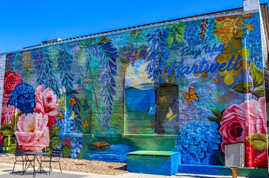
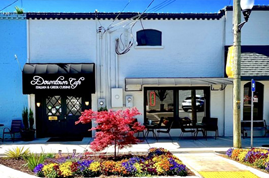
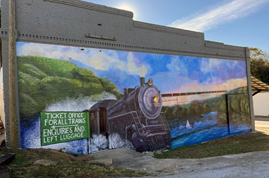
After the Project
While COVID-19 was a serious economic blow to the entire nation, Manager Herschell says that Hartwell managed to use its new investments to emerge stronger than before. After their water system and streetscape updates were completed in the earliest days of 2020, the City then completed renovations to the Railroad Street Flea Market and Railroad Street Park. Hartwell also partnered with the University of Georgia to sponsor four murals along main streets downtown.
If you invest in pedestrian facilities, water and sewer, some public art, green space, and tie it in to historic preservation, good things will happen. That’s the stew—if you use those components, good things happen.
John Herschell, city manager
One of those good things was an infusion of private investment and new business —a new premier steakhouse, sushi restaurant, snow cone store, women’s boutique gym, nutrition company, auction business, axe throwing, and more. Existing businesses benefitted from both new fellow businesses and new visitors. As part of their participation in the Rural Zone tax credit program in Georgia, Hartwell keeps track of its assessed value and investments. In 2019, the entire downtown was worth roughly $7 million in tax-assessed value—as of 2022 that value was now $34 million, with approximately 180 new jobs created, and no vacancies left on Depot Street. “If the Rural Zone program was the lighter”, says Herschell, “our ARC projects were the gasoline”.
Interested in infrastructure? Register for Stop #4 of the Appalachia Envisioned Roadshow on Tuesday, April 18. At this virtual event, Governors, ARC partners, and other infrastructure leaders will share how they’re bolstering utilities, roads, broadband, and more in Ohio, Kentucky, and West Virginia.


